China’s military drills around Taiwan this week were aimed at testing the US’ response and strategic bottom line ahead of a potential Washington-Beijing summit, rather than the stated goal of deterring “Taiwanese independence” forces, academics said.
The Chinese People’s Liberation Army’s (PLA) Eastern Theater Command on Tuesday announced it had launched a new round of exercises around Taiwan using army, navy, air and rocket forces to “close in” on the nation from “multiple directions.”
Last night the PLA announced it had concluded the two days of drills.
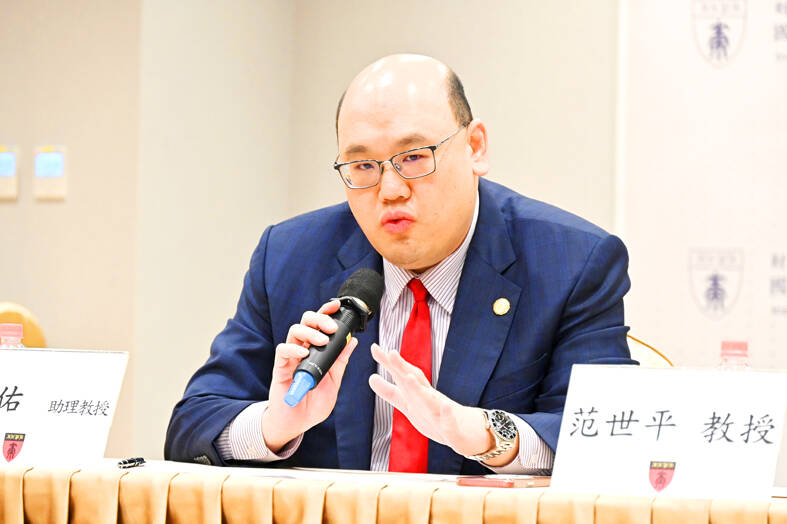
Photo: Tu Chien-jung, Taipei Times
China’s Taiwan Affairs Office (TAO) said the drills were intended as “a stern warning” to “Taiwanese independence” separatist forces, and would serve as “a resolute punishment” for what it called the “reckless provocations to seek independence” by the administration of President William Lai (賴清德).
Lin Ying-yu (林穎佑), an assistant professor at Tamkang University’s Graduate Institute of International Affairs and Strategic Studies, said the exercises, coming just after US Secretary of Defense Pete Hegseth visited Japan, were aimed at the US.
During his first trip to Japan after taking office, Hegseth met with Japanese Minister of National Defense Gen Nakatani in Tokyo, where they discussed security issues across the Strait.
“The ministers took note of activities by the PLA including the military situation around Taiwan, and emphasized the importance of peace and stability across the Taiwan Strait,” an English-language news release issued by the Japanese Ministry of Defense said.
Despite its rhetoric of “opposing Taiwanese independence” as the reason for launching the drills, China’s decision to start them right after Hegseth’s departure was about testing the US’ bottom line and response regarding security issues across the Strait, Lin said.
Beijing also wanted to understand US President Donald Trump’s stance on the issue, with the aim of gauging the US strategic position ahead of a potential summit between Trump and Chinese President Xi Jinping (習近平), he said.
Echoing Lin, Su Tzu-yun (蘇紫雲), director of the Division of Defense Strategy and Resources at the Taiwan military-funded Institute for National Defense and Security Research, said the drills were aimed at expressing political dissatisfaction toward Washington.
That dissatisfaction stemmed from a Washington Post report published on Saturday last week that said an internal guidance memo signed by Hegseth had reoriented the US military to focus on deterring a potential seizure of Taiwan by China, Su said.
While the PLA’s surprise drills were primarily intended as a message to the US, they might also serve as internal propaganda in China, he said.
The exercises could also be seen as a response to Lai’s speech on March 13, in which he designated China a “foreign adversary” and announced 17 strategies to counter Beijing’s coercion of Taiwan, he said.
Chieh Chung (揭仲), a research fellow at the Association of Strategic Foresight, said the Lai administration was directly named in statements and in videos on the drills by the TAO and the PLA, adding that such direct references showed that the drills could be seen as a response to Lai.
The criticism and the drills could be interpreted as signs that Beijing might be using Lai’s remarks as a pretext to raise tensions across the Strait ahead of a potential Xi-Trump summit, in a bid to gain leverage or create opportunities for negotiation with the Trump administration, Chieh said.
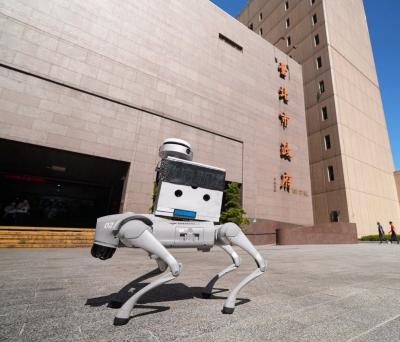
The inspection equipment and data transmission system for new robotic dogs that Taipei is planning to use for sidewalk patrols were developed by a Taiwanese company, the city’s New Construction Office said today, dismissing concerns that the China-made robots could pose a security risk. The city is bringing in smart robotic dogs to help with sidewalk inspections, Taipei Deputy Mayor Lee Ssu-chuan (李四川) said on Facebook. Equipped with a panoramic surveillance system, the robots would be able to automatically flag problems and easily navigate narrow sidewalks, making inspections faster and more accurate, Lee said. By collecting more accurate data, they would help Taipei
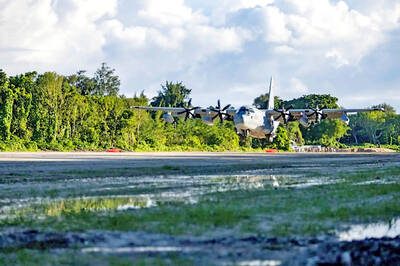
TAKING STOCK: The USMC is rebuilding a once-abandoned airfield in Palau to support large-scale ground operations as China’s missile range grows, Naval News reported The US Marine Corps (USMC) is considering new sites for stockpiling equipment in the West Pacific to harden military supply chains and enhance mobility across the Indo-Pacific region, US-based Naval News reported on Saturday. The proposed sites in Palau — one of Taiwan’s diplomatic allies — and Australia would enable a “rapid standup of stored equipment within a year” of the program’s approval, the report said, citing documents published by the USMC last month. In Palau, the service is rebuilding a formerly abandoned World War II-era airfield and establishing ancillary structures to support large-scale ground operations “as China’s missile range and magazine
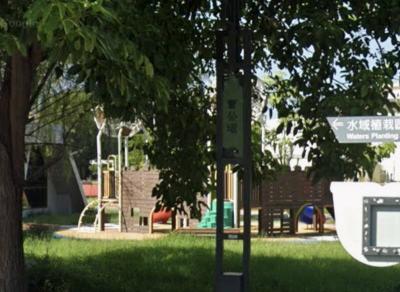
A 72-year-old man in Kaohsiung was sentenced to 40 days in jail after he was found having sex with a 67-year-old woman under a slide in a public park on Sunday afternoon. At 3pm on Sunday, a mother surnamed Liang (梁) was with her child at a neighborhood park when they found the man, surnamed Tsai (蔡), and woman, surnamed Huang (黃), underneath the slide. Liang took her child away from the scene, took photographs of the two and called the police, who arrived and arrested the couple. During questioning, Tsai told police that he had met Huang that day and offered to
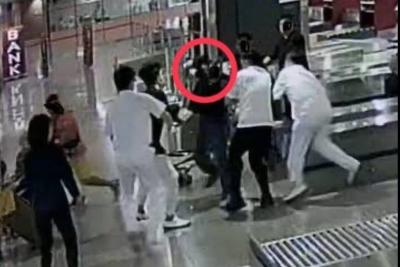
A British man was arrested for attempting to smuggle 14.37kg of marijuana into Taiwan through Taiwan Taoyuan International Airport, Taipei Customs said late yesterday. The man, who arrived from Bangkok at 9pm on Friday, was asked by customs officers to open his luggage during a random inspection, Taipei Customs said in a news release. The passenger, whose identity was not disclosed, refused to open his suitcase and tried to flee the restricted area. He was eventually subdued by three customs officials and an Aviation Police Bureau officer. A later search of his checked luggage uncovered 14.37kg of marijuana buds. The case was handed over